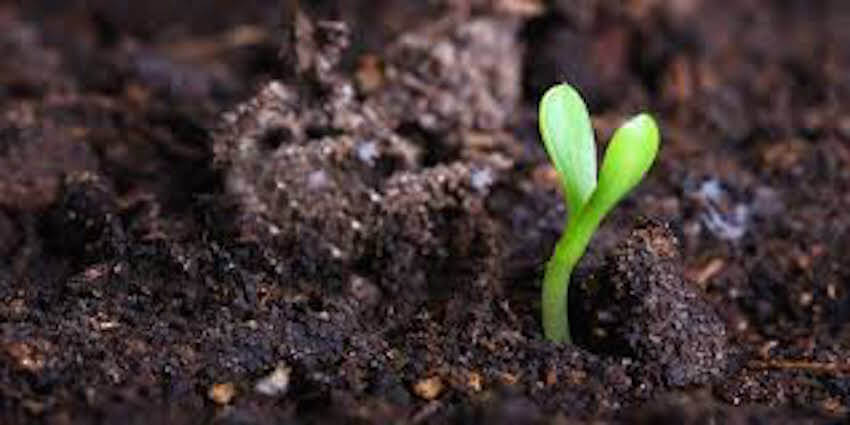If you’re someone who puts a lot of time and energy into taking good care of your yard and garden, you know how important it is to take care of pests, large and small, in safe, eco friendly ways. But with all the harsh chemicals and pesticides on the market, it can be really hard to know where to start or how to find good information, which sometimes prompts homeowners to give it up as a lost cause. Safe yard care is not impossible, though, and with a few easy tips and tricks your yard can be safe for pets and the environment but tough on pests. We’ve got some tips and tricks to start with that even your landscaper might not know about (and some they probably do)!
Good Soil

While you probably know that good soil is good for your grass and plants, you might not know that good soil helps plants grow stronger and better able to resist pests? Yep - Better Homes and Gardens claims up to 80% of insect damage can be prevented by healthy soil. While fertility is one sign of soil health, other characteristics include good drainage, sufficient depth and nutrient supply, and, yes, a small population of insect pests, which is a part of why chemical pesticides can do more harm than good (while some insects you want to keep away from your garden, others are necessary, and chemical pesticides can kill off most of them). If you’re worried about your soil, talk to a landscaper or bring a sample to your local garden store.
Mulch

Used often in landscaping, adding mulch over open soil (whether in the garden or landscaping) can help you control pests in your yard by keeping them, along with the weed seeds, from reaching the soil. On top of that, it helps the soil retain its moisture, which is good for your garden too! There are many different types of mulch available to homeowners, so be sure to look for organic versions.
Another trick similar to using mulch involves spreading diatomaceous earth, or DE, over your yard and garden. Because it includes the fossilized remains of aquatic plants, it can dehydrate small pests like fleas, ticks, cockroaches and earwigs and keep them from spreading through your yard. Plus, it’s totally safe to use where your pets and kids spend time!
Companion Planting

This is a trick used by farmers and home gardeners for years, which involves planting specific plants together that help support each other by discouraging pests. For instance, carrots can attract certain flies that infest your crop, but planting sage or onion nearby can help keep the flies out of your garden. There are tons of pairings that work well, so check with a garden book based on your climate and what you’re thinking of planting. Some plants help repel pests in general, so think about planting marigolds or garlic as well.
Other Tricks

It might be counterintuitive, but sometimes you actually want to attract critters to your yard...of course, these are the one that help by eating the pests you want to get rid of. Don’t kill spiders or bees when you see them, if you can help it, and think about using a birdbath to attract winged friends that snack on tasty insects.
Are you more concerned about pests a bit bigger than insects, like deer or rabbits? While you can certainly put up fences, it might not be what you’re looking for in your yard. Instead, using bags of hair (human for deer, cat for rabbits) can help scare bigger pests away without otherwise affecting your garden.
Organic Insecticide

Spraying should only be used as a last resort, and even then there are better options than harsh chemical sprays. Look through the garden department of stores like Home Depot for organic pesticides that are safe for home use, or contact a pest control pro for help if the problem has gotten unmanageable.
Join the conversation